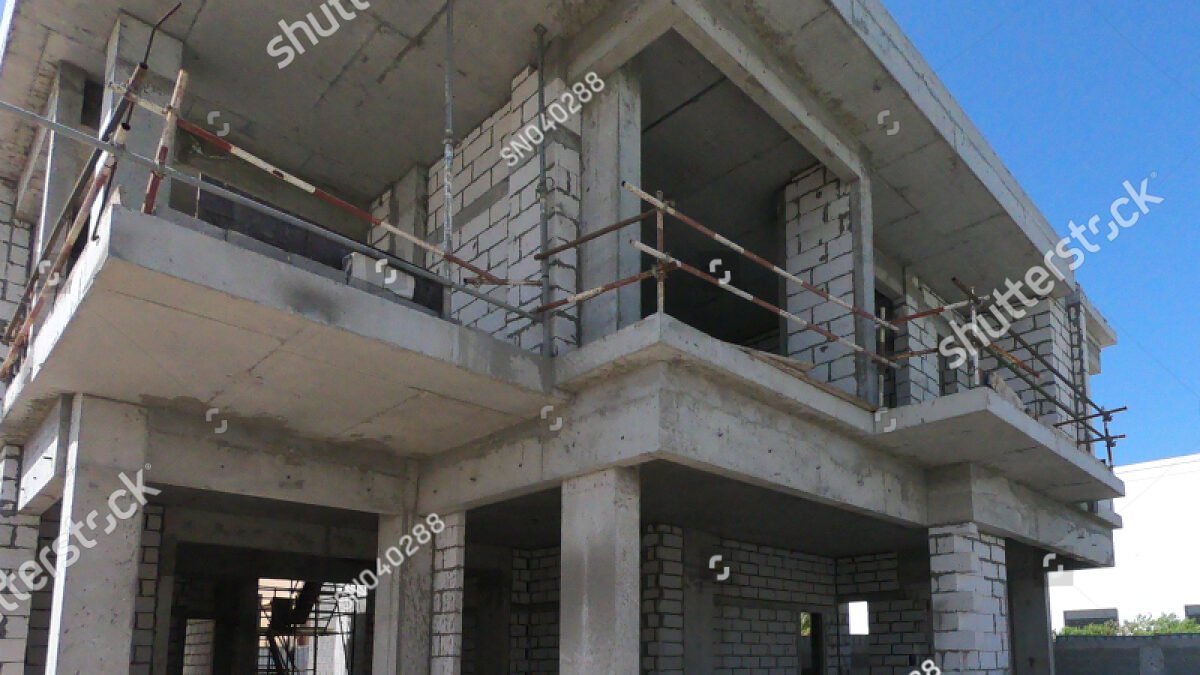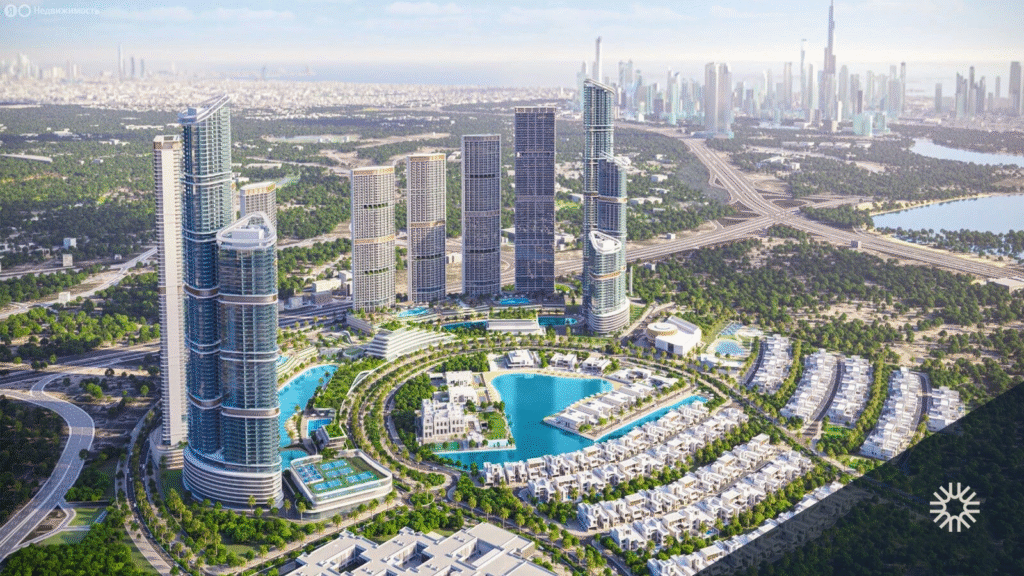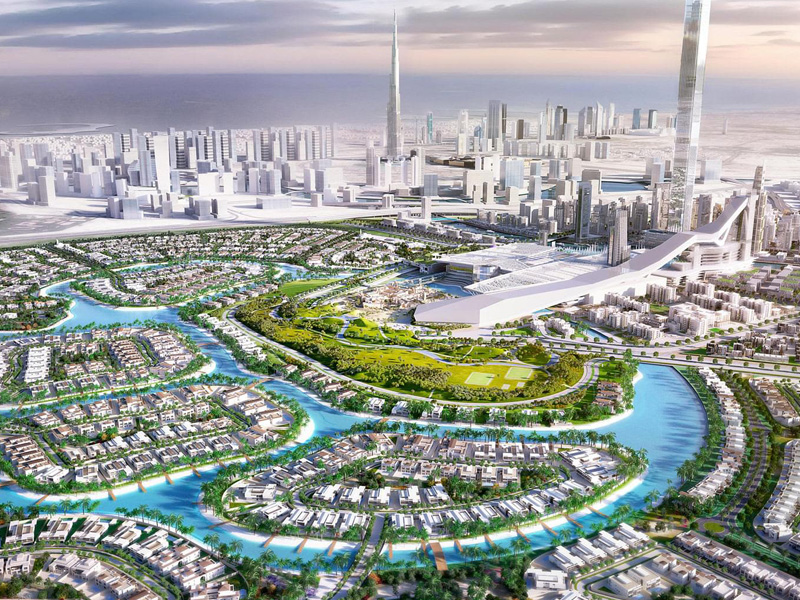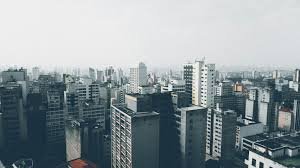Now Reading: Dubai Construction Boom 2030 Update: Mega Projects Reshape the Skyline
-
01
Dubai Construction Boom 2030 Update: Mega Projects Reshape the Skyline
Dubai Construction Boom 2030 Update: Mega Projects Reshape the Skyline

Table of Contents
Dubai, UAE — June 2025
Dubai’s skyline is transforming once again as the city races ahead with its ambitious 2030 construction agenda. With billions of dollars in active developments, futuristic infrastructure, and a strong focus on sustainability, Dubai’s construction sector is booming like never before.
A Vision Backed by Billions

Dubai’s 2030 Urban Master Plan aims to support a population of 5.8 million by 2040 while enhancing livability, sustainability, and economic competitiveness. As of mid-2025, over AED 1.5 trillion worth of construction projects are underway or approved, ranging from smart cities to luxury waterfront developments.
Expo City Dubai, which evolved from the successful Expo 2020, is now a fully functioning smart district. It serves as a central hub for innovation, tech startups, and sustainable living. Meanwhile, Dubai Creek Harbour is rapidly becoming the next Downtown, anchored by the record-breaking Dubai Creek Tower.
Key Mega Projects Powering the Boom
Several large-scale projects define the 2030 vision. Here are some of the most talked-about:
1. Dubai Urban Tech District
Located along Dubai Creek, the Urban Tech District will span 140,000 sq. m and create over 4,000 jobs. It will house research centers, co-working spaces, AI labs, and green-certified buildings. The district aims to be a zero-carbon zone and will be crucial to Dubai’s sustainability goals.
2. Palm Jebel Ali
After years on hold, Palm Jebel Ali is finally under development again. Once complete, it will be double the size of Palm Jumeirah, offering 80 new hotels, beachfront villas, and entertainment zones. This project alone will house 35,000 families, significantly contributing to housing needs and tourism revenue.
3. The Loop – A 93km Climate-Controlled Bike Highway
Designed to encourage sustainable mobility, “The Loop” will offer a climate-controlled, car-free cycling and walking track around the city. With an enclosed, air-conditioned track, residents and tourists alike can travel through major districts on foot or by bike — even during the hot summer months.
4. Dubai Metro Blue Line
The Dubai Metro expansion continues with the Blue Line, a major transport corridor connecting Dubai International Airport to new growth zones such as Silicon Oasis, Dubai Creek Harbour, and Deira. Once operational, it will reduce traffic congestion and offer smart, green commuting options to thousands daily.
Sustainability at the Core
Dubai is not just building for beauty, but also for sustainability. The Dubai Clean Energy Strategy 2050 aims to produce 75% of the city’s energy from clean sources by 2050. As part of this, many new construction projects now incorporate:
- Green roofs
- Energy-efficient cooling systems
- Solar panels
- Smart waste management systems
The Sustainable City 2, currently under construction, will offer net-zero energy homes, vertical farms, and car-free zones. Demand for green buildings is also being driven by stricter government regulations and a growing preference among investors and tenants.
Construction Workforce and Technology
Dubai’s construction workforce is expanding fast to meet project deadlines. However, there’s a parallel trend: automation and construction technology. Drones, robotics, 3D printing, and AI-based project management tools are now being used to reduce delays and improve safety.
The Museum of the Future, now a global architectural icon, set the bar high by incorporating parametric design and robotics. More buildings are now adopting similar technology, aligning with the 2030 tech-forward vision.
Real Estate Market Impact

The construction boom is also fueling Dubai’s real estate sector. According to recent reports:
- Q1 2025 saw a 30% increase in residential sales compared to the same period in 2024.
- Off-plan projects are particularly hot, with major developers like Emaar, Nakheel, and Damac reporting record pre-sales.
- Rental yields remain attractive for investors, especially in areas like Dubai Hills Estate, Jumeirah Village Circle, and Business Bay.
Foreign investment continues to flow, especially from Europe, Asia, and the Middle East, as Dubai remains a top safe-haven for capital and lifestyle-driven relocations.
Government’s Role and Regulation
Dubai’s government plays a central role in facilitating this boom. Initiatives like Golden Visas, foreign ownership reforms, and business-friendly policies are attracting more global developers, architects, and investors.
Moreover, the Dubai Building Code has been streamlined to make construction faster, safer, and more eco-friendly. These regulations provide clear guidance on energy efficiency, safety standards, and material usage — speeding up project approvals.
Read More:- Deyaar’s Latest Announcement Shakes Up the UAE Property Market





















